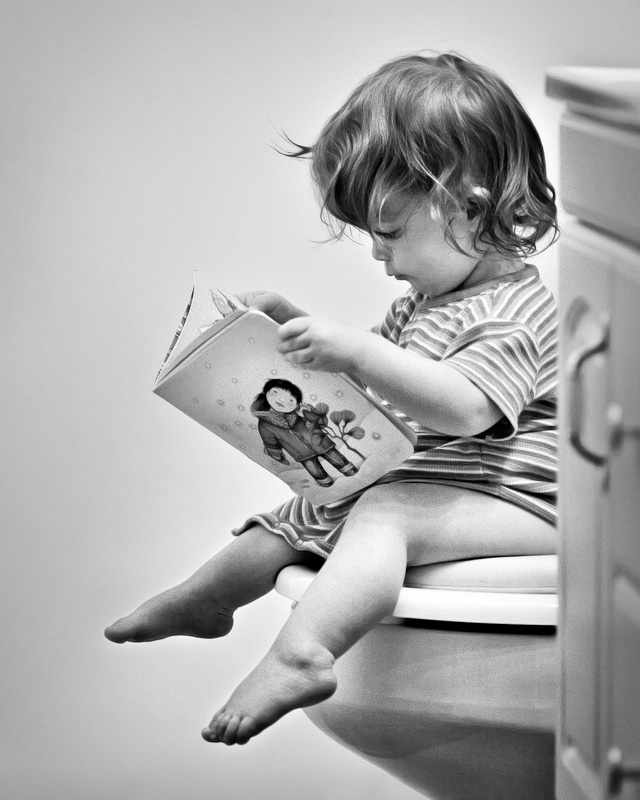It’s that time again! Time to potty train your toddler. But when is the best time to start? And how do you go about it? In this blog post, we will discuss the ins and outs of potty training, including when to start and how to make the process as smooth as possible for both you and your child. We’ll also provide a few helpful tips along the way!
Signs of Readiness
There are several key signs that indicate a child is ready for potty training.
- One of the most important is interest. If your child shows curiosity about the toilet or potty chair, they are more likely to be successful in using it.
- Another sign is staying dry. If your child can stay dry for extended periods of time, they are likely ready to start using the potty.

- Additionally, children who know when they need to use the bathroom are more likely to be successful with potty training.
- Showing independence is another key sign. If your child is asking to use the potty on their own, it indicates that they are ready for this next step.
- One key sign is whether your child can undress independently. This indicates that they can control their bladder long enough to remove their clothes.
- If they can understand and follow basic instructions, they will be more likely to be able to understand and follow the steps of potty training.
- It’s important that your child can sit still for short periods of time. This will be necessary for them to be able to sit on the toilet or potty chair without fidgeting.
- Finally, it’s helpful if your child can communicate their needs. If they can tell you when they need to go, it will make the process much easier. Successful potty training requires both patience and guidance. Being attuned to these critical signs can help your child make a smooth transition into this new stage.
How to get the job done
The first thing you need to do is decide when to start potty training. This will depend on a few factors, including your child’s age, development, and readiness. Generally speaking, most children are ready to start potty training between 18 months and three years old. If your child is younger than this, they may not be ready yet. And if they’re older than this, they may already be potty trained!
Once you’ve decided that it’s time to start potty training, the next step is to begin preparing your child for the process. This means talking to them about what’s going to happen and why it’s important.

It also means getting them excited about using the toilet! You can do this by reading potty training books, showing them pictures of other children using the toilet, and even letting them pick out their special potty seats.
Potty training can be an intimidating process for both kids and parents alike, but with a bit of patience and planning, it can be a relatively easy transition. The first step is to choose your words carefully. For example, avoid using phrases like “big kids use the potty”, as this can make your child feel pressure to succeed. Instead, simply explain that everyone needs to use the potty when they have to go.
The next step is to prepare the equipment. Potty chairs or seats can be helpful in making the process less daunting for your child. Let your child sit on the toilet for a few minutes each day, even if they don’t actually go. This will help them get used to the idea of using the toilet.
It’s also important to schedule regular potty breaks throughout the day so that your child doesn’t get too frustrated. Pay attention to signs that your child might need to use the toilet—such as squirming, squatting or holding the genital area—and respond quickly.
Once your child successfully uses the potty, be sure to praise their efforts and explain proper hygiene habits.
Finally, ditch the diapers entirely, so your child knows it’s time to say goodbye to them for good. Potty training doesn’t have to be a nightmare with a bit of preparation and effort.

Now that you’re both prepared, it’s time to start the actual potty training process! The best way to do this is to let your child lead the way simply. Follow their cues and allow them to take things at their own pace. Potty training can be a long and frustrating process, but if you remain patient and positive, your child will eventually get the hang of it! And before you know it, they’ll be completely potty trained!
If you run into any problems along the way or if your child seems to be having difficulty with potty training, don’t hesitate to reach out to your child’s paediatrician for help. They can offer additional resources and tips that may be helpful.
So there you have it! Everything you need to know about potty training, including when and how to start. We hope this blog post has been helpful and that you feel armed with the knowledge and tools you need to successfully potty train your child!
Happy potty training!

